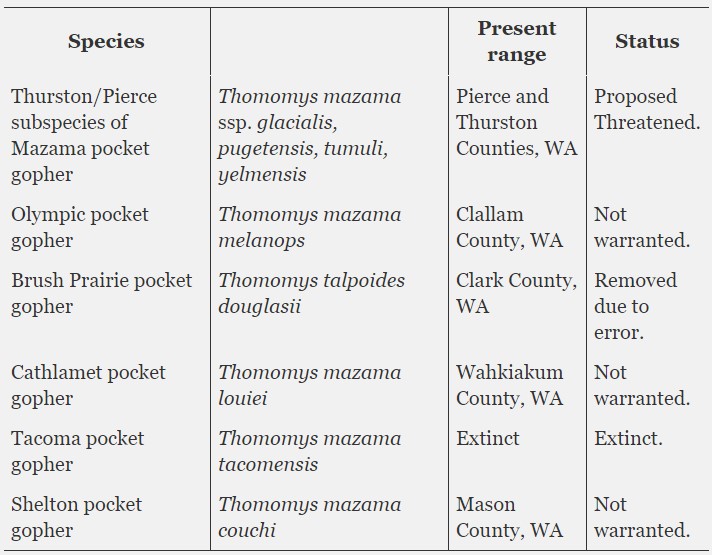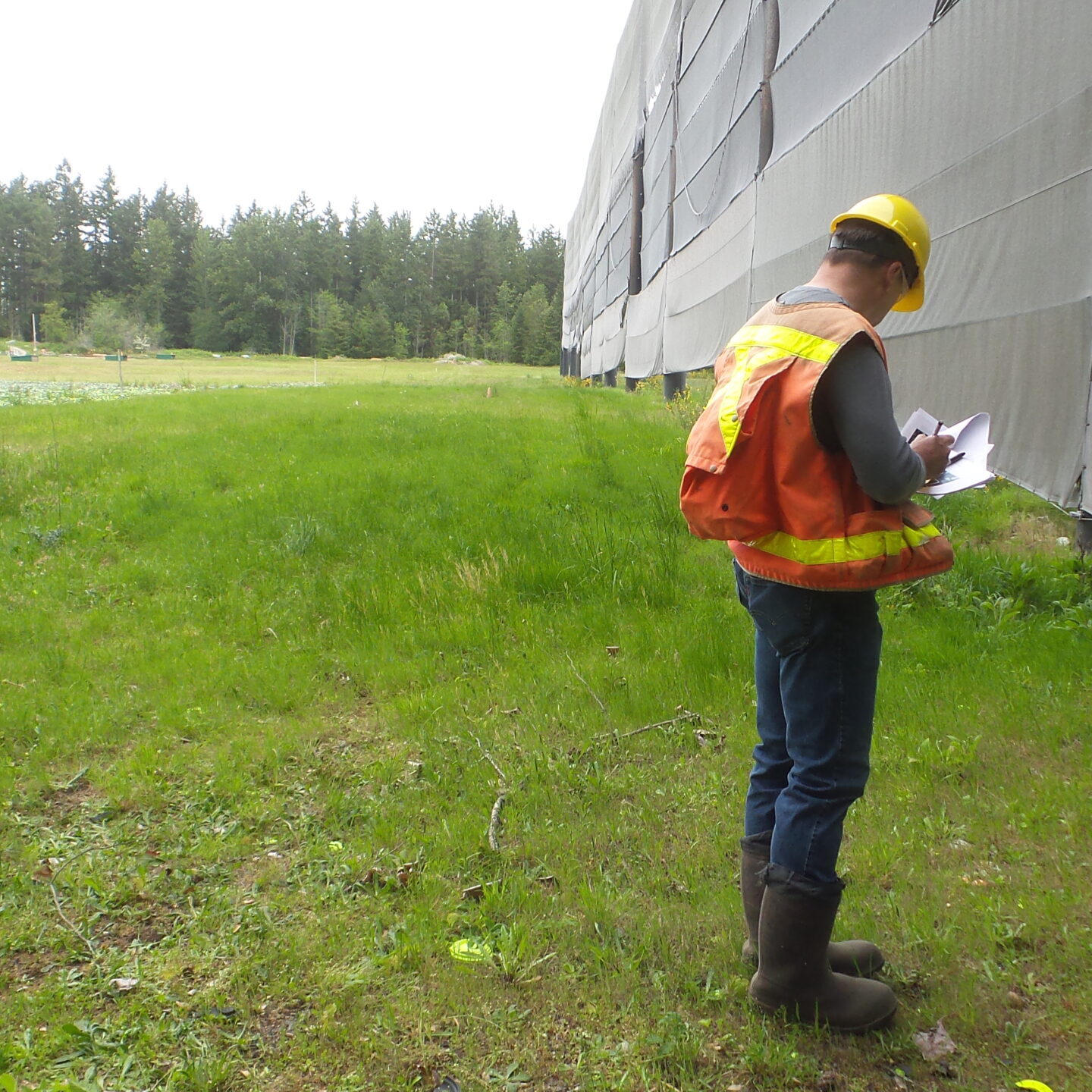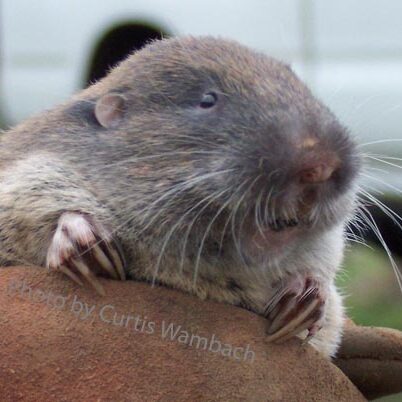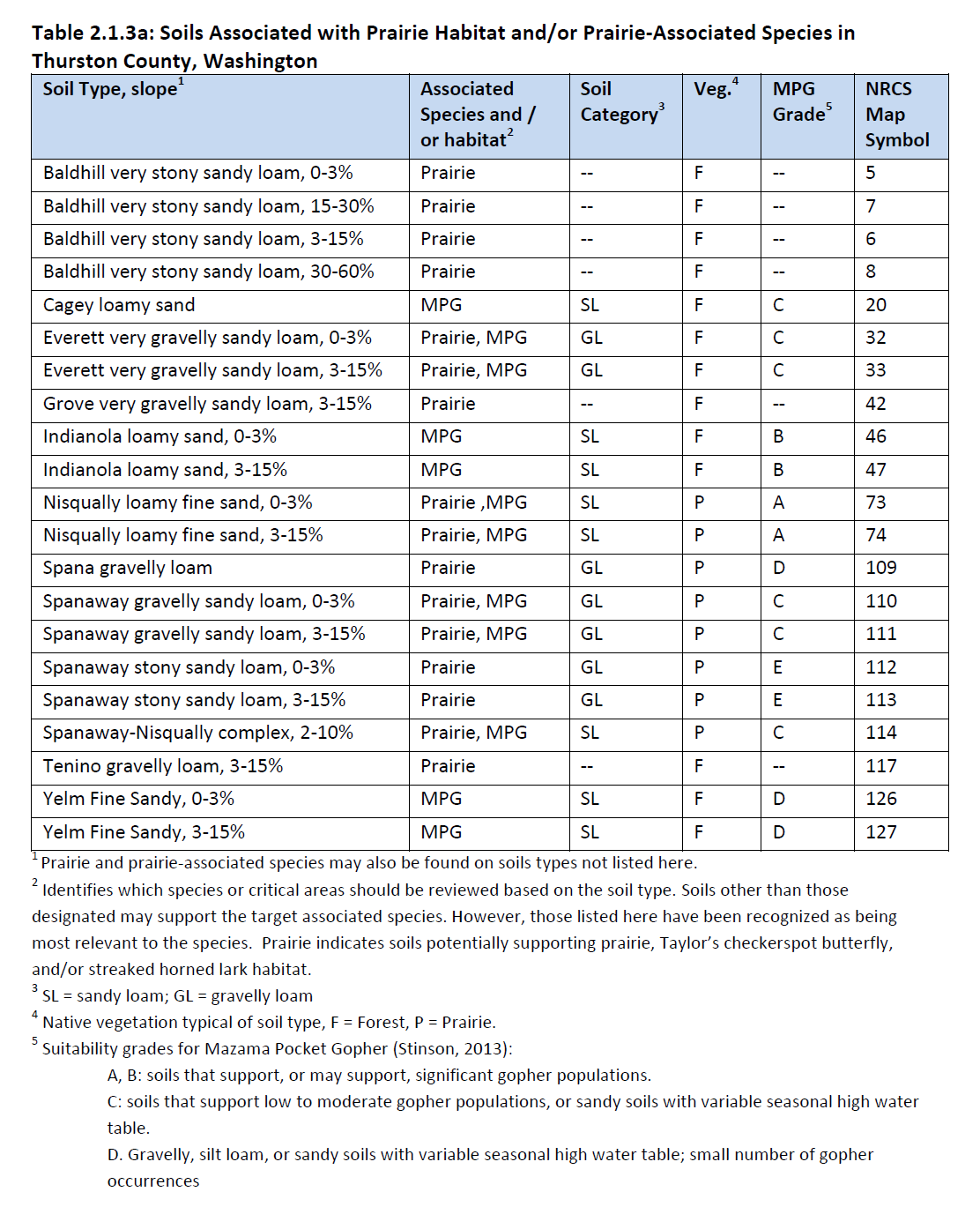We have screened hundreds of properties
As you may have noticed, majority of the subspecies are found within Thurston County. EnviroVector has spent a significant amount of time (started MPG screening in 2004) monitoring, research and mitigating for these species within Thurston/Pierce county specifically and believe we can be of assistance to you.
Reasons for the decline
The greatest threat to Mazama pocket gophers in Washington State is the loss, fragmentation, and degradation of suitable habitat. To date, an estimated 95 percent of the prairies and prairie-like habitat has been converted to other uses or developed for commercial or residential use. In some areas, historical prairies have become overgrown with woody vegetation such as trees and shrubs.
Fragmentation of the habitat has led to smaller areas of suitable habitat, and occupied areas that are separated from each other by distances too far for a gopher to travel or too difficult for a gopher to cross. In fragmented habitats gophers may be forced to cross roads or through neighborhoods where they’re not only vulnerable to cars, but more vulnerable to above-ground predators like birds of prey, cats, and dogs.

EnviroVector has been screening for MPG's since 2004
There are many unanswered questions about the Olympia, Roy Prairie, Tenino, and Yelm pocket gophers and research is ongoing. Much of the ongoing research is guided by the Mazama Pocket Gopher Working Group, which has been meeting since 2006 and collaboratively prioritizes conservation efforts for the species. The Working Group membership is comprised of Federal, State, county, city, municipal, private, and non-governmental partners.





